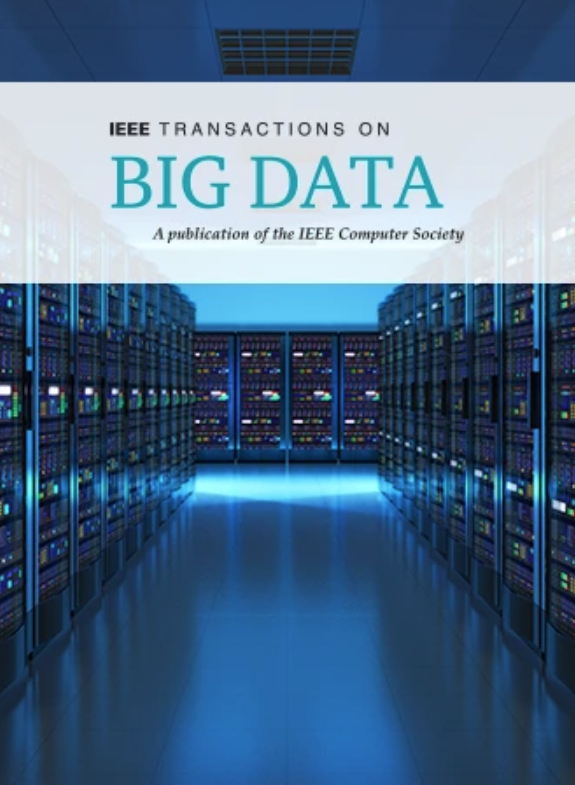Parallel Graph Learning With Temporal Stamp Encoding for Fraudulent Transactions Detections
IF 5.7
3区 计算机科学
Q1 COMPUTER SCIENCE, INFORMATION SYSTEMS
引用次数: 0
Abstract
Financial transaction systems have become the critical backbone of modern society, and the sharp increase in fraudulent transactions has become an unavoidable significant topic. Their presence poses a severe threat to financial markets, impacting the health of the economic and social welfare systems of various countries. However, most existing fraud detection methods are limited to detecting individual fraudulent entities within static transaction networks, which are neither suitable for continuously changing dynamic transaction networks nor capable of detecting the increasingly prevalent organized fraud crimes. This paper introduces a novel approach, Parallel Graph Learning with Temporal Stamp Encoding (PGLTSE). On the one hand, it designs a history information module to perform temporal dimension feature learning to adapt to the continuous changes in transaction information in Continuous-Time Dynamic Graphs (CTDG). On the other hand, it designs a gang-aware risk propagation algorithm to infer the risk of organized fraudulent activities in the global transaction relation graph. By simultaneously conducting parallel graph representation learning in both homogeneous global transaction relation graphs and heterogeneous local entity interaction graphs, it aggregates local interaction and global association information for end-to-end training. Extensive experiments on diverse real-world datasets substantiate the superior performance of PGLTSE over existing methods, demonstrating its practical efficacy in detecting complex and evolving fraudulent behaviors in financial networks.基于时间戳编码的并行图学习欺诈交易检测
金融交易系统已成为现代社会的重要支柱,欺诈交易的急剧增加已成为一个不可回避的重大话题。它们的存在对金融市场构成严重威胁,影响到各国经济和社会福利制度的健康。然而,现有的大多数欺诈检测方法仅限于检测静态交易网络中的单个欺诈实体,既不适合不断变化的动态交易网络,也无法检测日益普遍的有组织欺诈犯罪。本文介绍了一种新的方法——并行图学习与时间戳编码(PGLTSE)。一方面,设计历史信息模块进行时间维度特征学习,以适应连续时间动态图(CTDG)中交易信息的持续变化;另一方面,设计了一种团伙感知的风险传播算法,在全局交易关系图中推断有组织欺诈活动的风险。通过在同构全局事务关系图和异构局部实体交互图中同时进行并行图表示学习,聚合局部交互和全局关联信息进行端到端训练。在各种真实数据集上的大量实验证实了PGLTSE优于现有方法的性能,证明了其在检测金融网络中复杂和不断演变的欺诈行为方面的实际功效。
本文章由计算机程序翻译,如有差异,请以英文原文为准。
求助全文
约1分钟内获得全文
求助全文
来源期刊

IEEE Transactions on Big Data
Multiple-
CiteScore
11.80
自引率
2.80%
发文量
114
期刊介绍:
The IEEE Transactions on Big Data publishes peer-reviewed articles focusing on big data. These articles present innovative research ideas and application results across disciplines, including novel theories, algorithms, and applications. Research areas cover a wide range, such as big data analytics, visualization, curation, management, semantics, infrastructure, standards, performance analysis, intelligence extraction, scientific discovery, security, privacy, and legal issues specific to big data. The journal also prioritizes applications of big data in fields generating massive datasets.
 求助内容:
求助内容: 应助结果提醒方式:
应助结果提醒方式:


